Is tallow and lard really okay to use now? Isn’t saturated fat bad for us? As a conventionally-trained dietitian and child of the 80’s when saturated fat was universally shamed, I understand the hesitancy!
Now that I’m no longer practicing in the conventional medical system and have been able to look at the research critically, I’m seeing a completely different story. Whenever we tend to stray from natural food sources in favor of synthetic ones, things go south. Animal fats are coming back into the scene and I’m so excited about it!
In this article, we’ll tackle the saturated fat controversy and break down the research behind the benefits of lard vs tallow so that you can feel safe using them. Let’s dive in!
*Disclosure: This post may contain affiliate links to products (including Amazon). I’ll earn a small commission if you make a purchase through my link, at no additional cost to you! Regardless, I only link to products that I personally use on our homestead or believe in.
The Saturated Fat Debate
Before we even get into a discussion about the specifics of tallow vs lard, I think we need to tackle the elephant in the room: saturated fat.
The History Behind It All
Saturated fat has been demonized as the cause of heart disease since the 1950’s, starting with the release of the Seven Countries Study by Ancel Keys. This movement was further perpetuated by heavy marketing from the profitable seed oil industry.
Did you know that Proctor & Gamble (the creators of Crisco) “donated” 1.5 million dollars (which would be 30 million today!) to a group of cardiologists on the American Heart Association board in the 1940s? Surprise, surprise. Shortly after, they were quick to promote these processed oils as being more “heart healthy.”
So, we were told to replace butter with margarine, lard with Crisco, and tallow with vegetable oil as these are “heart healthy” options, and it definitely happened (see timeline below from Ramsden, 2010). YIKES.
Look at the ingredients list of nearly any product you have in your cupboard; it likely contains some type of highly-processed vegetable oil, soybean oil, sunflower seed oil, etc. So, are we healthier like they told us we would be? HECK. NO.
The truth eventually came out that Keys’ study was highly flawed. Data was “cherry picked” and countries were selected based on their desired outcome. TWENTY-TWO countries had data that was thrown out and only 7 countries were included. France was purposely excluded and data from Greece was inaccurate due to lent.
This isn’t the only study that had flawed data, either! You can read more about the fascinating history of the fat controversy in the highly informative Weston A. Price article The Skinny on Fats. and Chris Kresser’s article How Industrial Seed Oils are Making Us Sick. They are definitely worth the read!
Not convinced yet?
In 2013, a group of researchers re-evaluated some recovered data from the Sydney Diet Heart Study (1966-1973) and the results are shocking. This study involved 458 men who were randomized to replace saturated fats with omega-6 linoleic acid (safflower oil and margarine) and compared them to a control group who received no specific dietary instruction.
The intervention group that replaced their saturated fat intake with safflower oil & margarine had significantly higher rates of death from all causes, cardiovascular disease, coronary heart disease. WOW. Even despite the intervention group experiencing a significant reduction in their blood cholesterol levels, too! I hope you’re paying attention to this… cholesterol isn’t everything.
What else are we missing?
I believe that a lot of the issue behind this controversy is that we have mostly been looking at studies that are based in the United States. Where is the vast majority of our population getting their fat intake?
- Take-Out Pizza
- Breaded and Deep-fried everything
- Fast Food
- Dairy, beef, pork, and poultry products from animals raised in confinement and fed grains that are sprayed with herbicides and pesticides
- Candy and desserts
- Trans fats in biscuits and baked goods
See the problem?
We have become so far removed from the origins of how our ancestors have been consuming fat for centuries that it’s not even a fair comparison. It’s not hard to believe that health outcomes from eating fast food bacon are going to be drastically different from those from eating home-rendered tallow from a healthy cow that spent its life out on pasture.
So what should we do?
We need to look at studies that are utilizing the right population. A population that is reflective of how our ancestors lived. How we were meant to live.
Dehghan and colleagues set out to do exactly that by evaluating health outcomes in 18 different rural countries in 5 different continents. Here’s what they found:
- Total mortality and major cardiovascular disease risk actually decreased or remained stable as total fat (green star) and saturated fat (yellow star) increased.
- Low intakes of total fat and saturated fat had increased risk of mortality and cardiovascular disease.
- Then, there’s the carbs… see that red star? As carbohydrate intake increased, so did risk of total mortality and cardiovascular disease.
Here’s one more study just for kicks. They pulled data from 158 countries and found that as intake of carbohydrates from cereals (CC) increased, so did CVD mortality in women (graph on left). Then, as total fat and animal protein intake increased, CVD mortality in women decreased (graph on right).
Wheat was noted to have a particularly detrimental effect on health outcomes. It’s time to get off of the gluten, refined cereal, and highly processed seed oil train and get back to REAL FOOD.
Types of Fat and Oxidation
Our chat about saturated fats wouldn’t be complete if we didn’t touch on what happens when fat is heated while cooking.
Saturated fats
Saturated fats are stable when heated, thanks to their absence of double bonds. See how straight the chemical structure is? The fatty acids stack neatly together, which is why it is solid at room temperature. Saturated fats naturally have a high smoke point of 350-450 degrees.
Unsaturated fats
Unsaturated fats have one or more double bonds, which creates a “kink” in their structure. This causes oils to be liquid at room temperature (AKA less stable). When unsaturated fats are exposed to high heat, their double bonds break. This breakage results in rapid oxidation (release of free radicals). Free radicals are highly damaging to the human body and can cause inflammation, and premature aging, plus cellular membrane, mitochondrial, and DNA damage.
Still cooking with olive oil?
Please put the bottle down. A good rule of thumb is to only use fats that are solid at room temperature (high in saturated fats) when cooking at high temperatures: grass-fed ghee, grass-fed tallow, pasture-raised lard, and cold-pressed & unrefined coconut oil. Save your cold-pressed & unrefined olive oil for low-heat applications such as salad dressings, dips, or drizzling on pre-cooked food.
Did you notice that I mentioned cold-pressed & unrefined a lot? That’s because modern extraction of oils is a far cry from what our ancestors used, which was a simple stone press. Let’s chat about that.
Modern refined oils
Most of the oils that you’ll find on the market today are highly processed by way of massive pressure and high heat to extract the highest yield possible.
This exposure to high heat not only produces free radicals but also denatures its naturally occurring vitamin E (an antioxidant). In its place, manufacturers add synthetic preservatives (BHA, BHT and TBHQ), which have endocrine-disrupting properties.
To top it all off, the oil is also often treated with a solvent (typically hexane) to get every last drop out and then bleached to make it “palatable”. Lastly, these cheap oils are often stored in a plastic bottle, which then further leaches into the oil. Sounds great, huh?
Why does the industrial seed oil company go to such lengths? Long shelf-life = higher profits. Follow the money.
These companies are smart in their marketing by stating that their oils are good for “high heat cooking.” Sure, your refined olive oil now has a “smoke point” of 425 degrees because it’s already oxidized. The damage has already been done, so go ahead and heat it up!
It’s also important to note that an oil’s smoke point is far beyond the point where the oil starts to oxidize and produce damaging free radicals.
What about avocado oil?
Avocado oil has become a popular choice in the past few years because it’s “safe for high-heat cooking.” Yes, it has a high smoke point, but do you know why? It’s also highly processed. YUP. Try looking for a cold-pressed, unrefined avocado oil and you’ll have a hard time finding one.
What happens when you cut open a whole avocado? It turns brown. The same thing would happen to the oil, so it is highly refined and bleached to keep it shelf-stable.
Other Articles You’ll Love:
- Rendering Fat: How to Make Tallow, Lard, and Schmaltz
- Tallow vs Lard: Which One to Use?
- DIY Whipped Tallow Balm
- How to Make Tallow Candles
Final thoughts
I hope by now you’re feeling more comfortable with the idea of putting aside the industrial seed oils and using more animal fats in your diet. Am I saying that you should be eating lard or butter by the spoonful? No. As with everything, moderation and balance is key.
Choosing the right fat isn’t the only key to health, either. Getting adequate fruits and vegetables, clean water, exercise, quality sleep, and much more are all important pieces to maximizing our health!
Did you learn something new?? I’d love to hear it! Share with us below 🙂

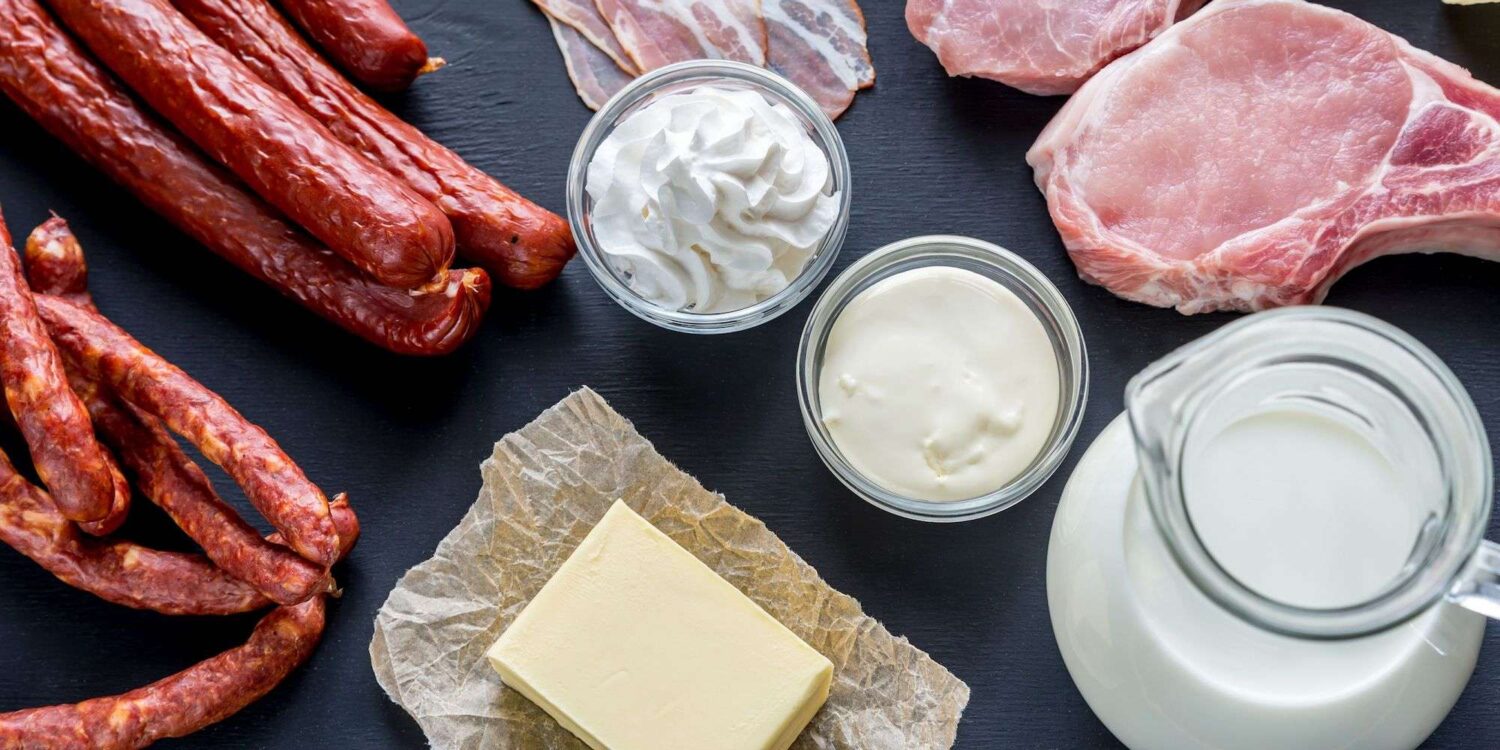
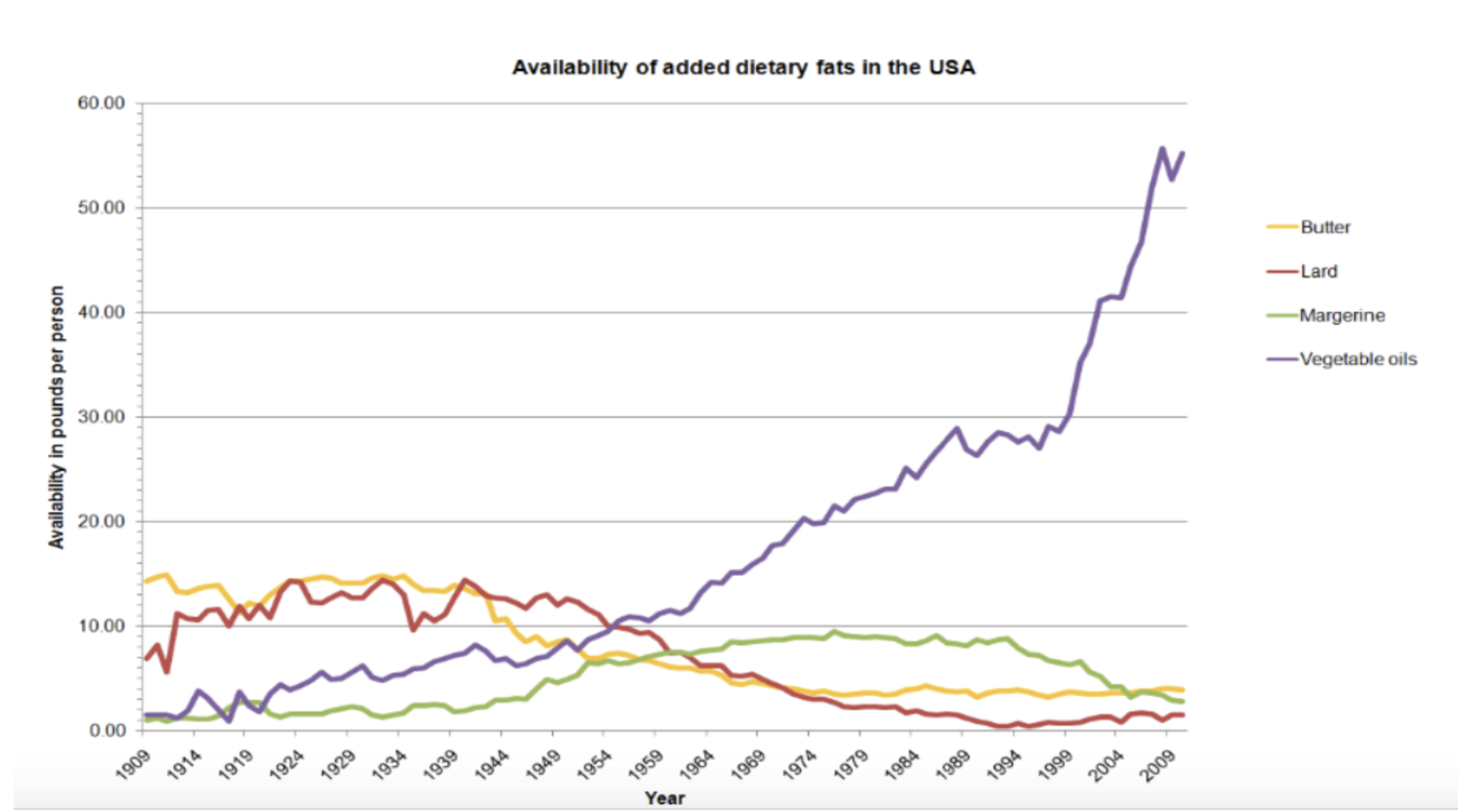

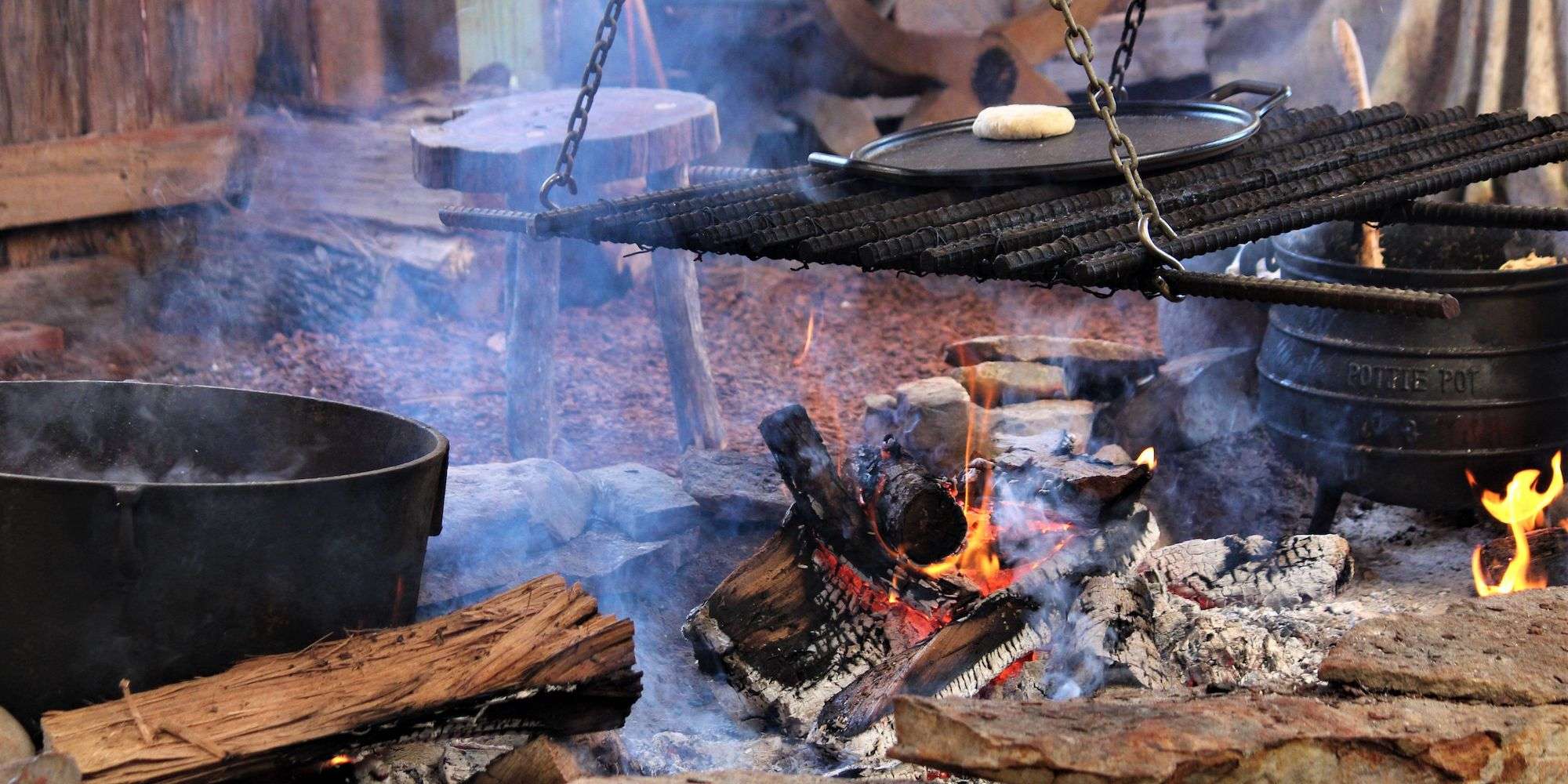
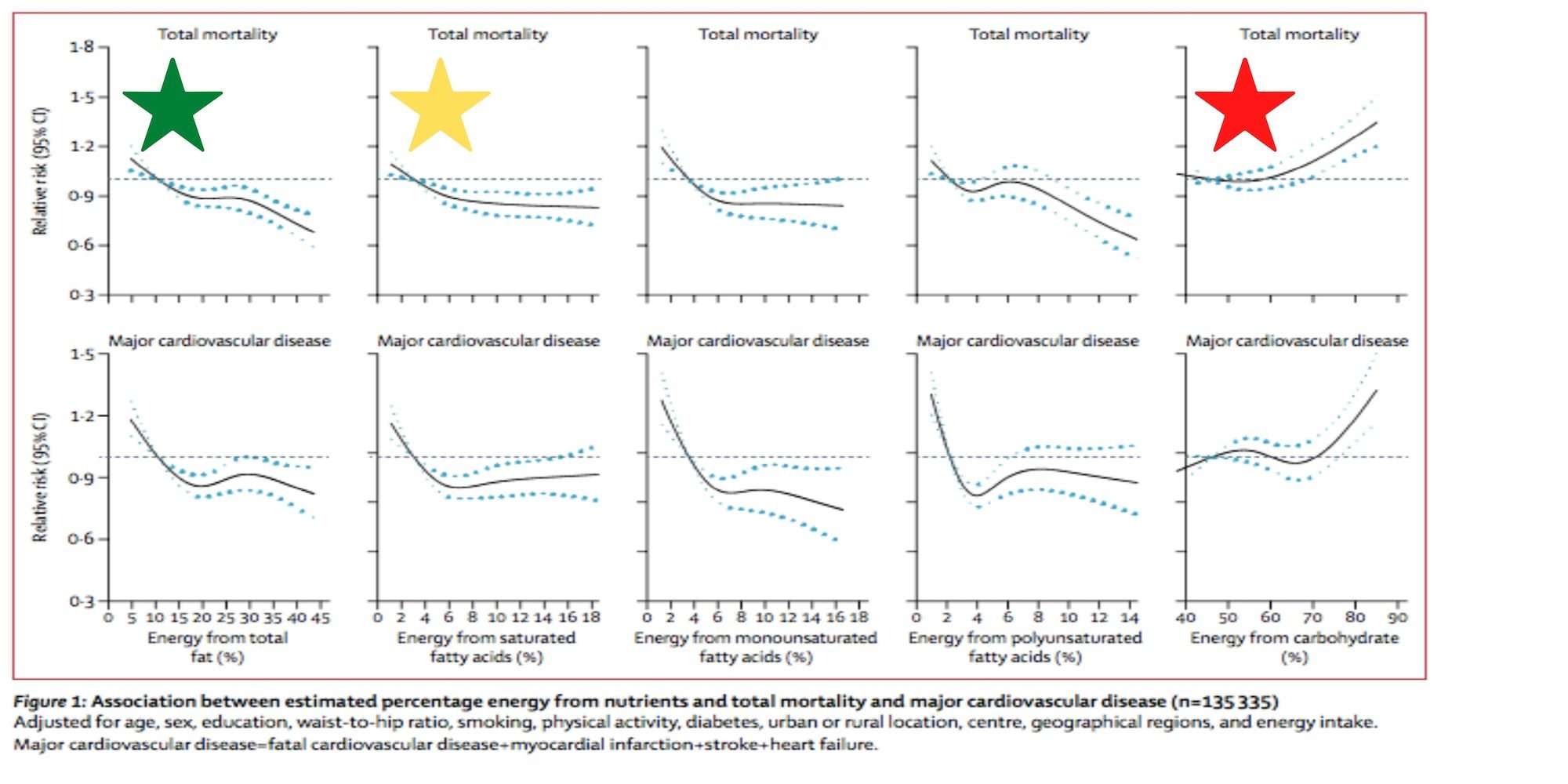
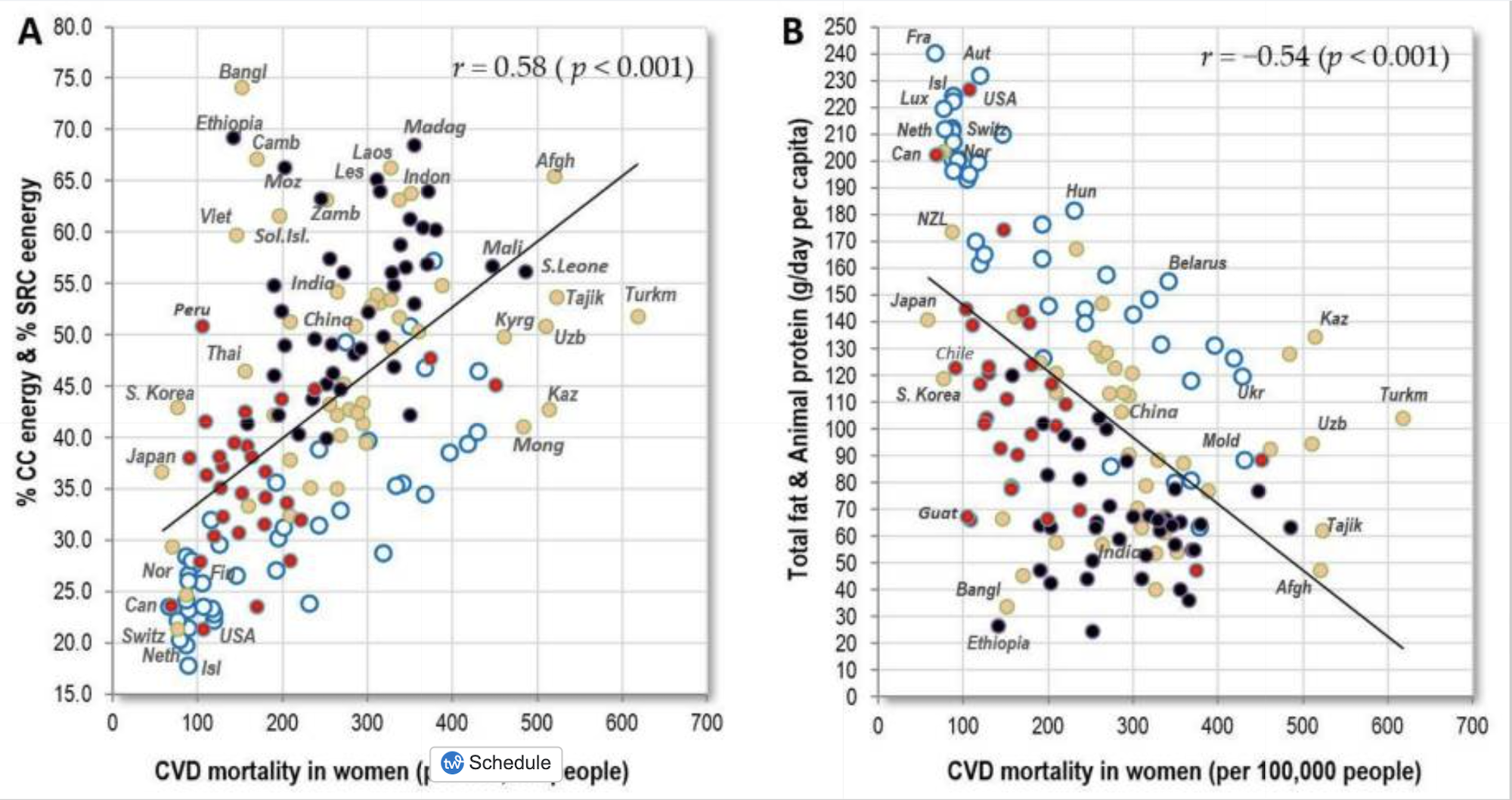

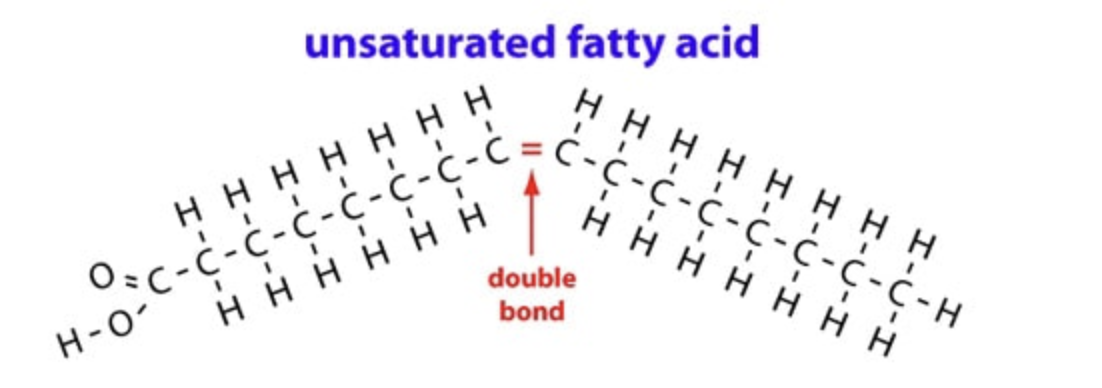
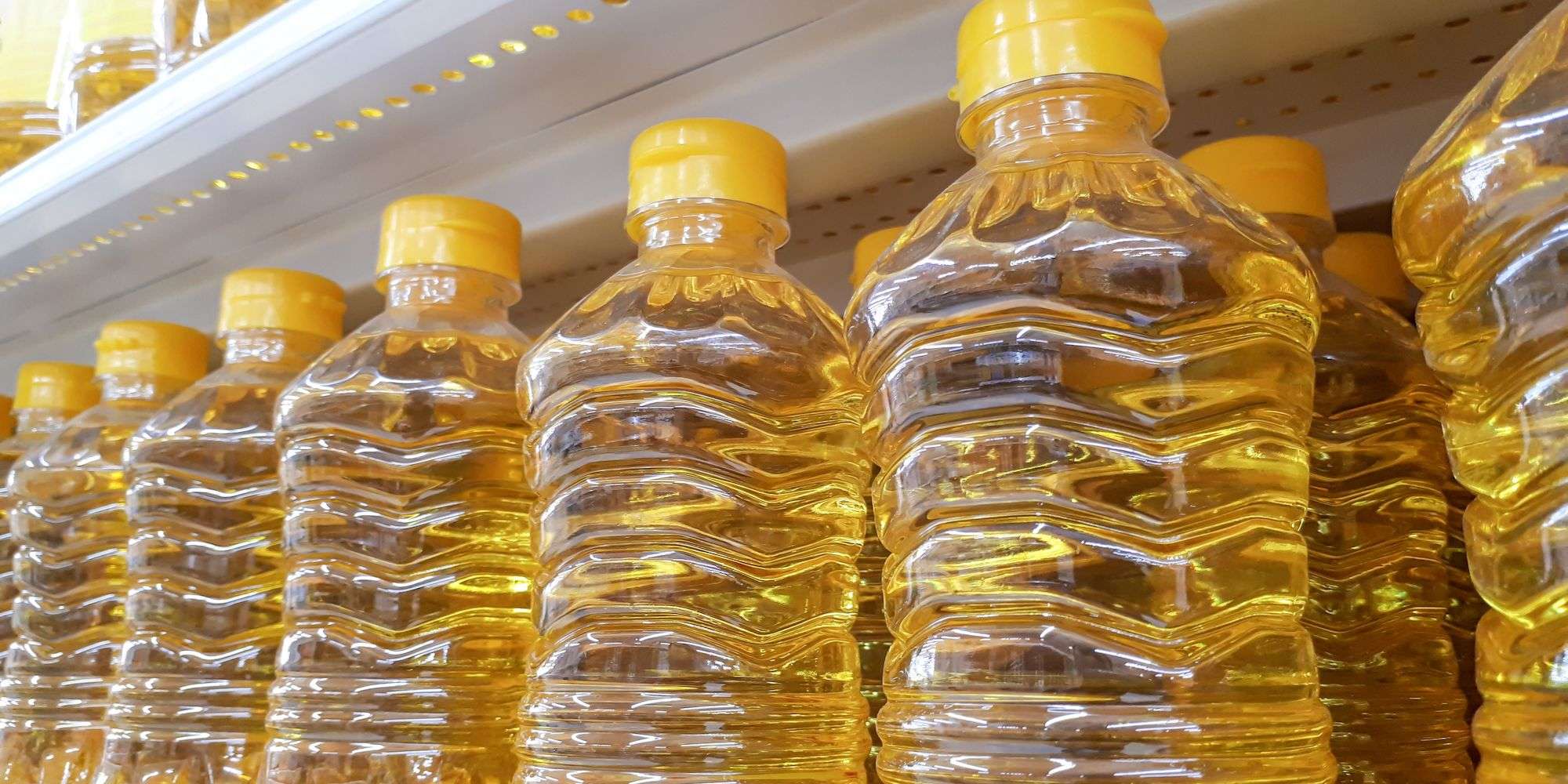


Great article. What about grapeseed oil and sunflower oil? Are these safe to use or do they have the same problem as avocado oil?
Thank You
Both grapeseed and sunflower oil are also typically highly processed 🙁
Great read!
Thank you so much!
This is an interesting article with facts. I try to air fry and bake as much as possible.
I’m glad you found it interesting. I would love an air frier! 🙂
Thank you so much for this educational article. There’s such a debate in the health and wellness community about saturated fat. I love articles where science is used to prove a point.
You’re welcome 🙂 You’ll always find research-based information on my site!
This is an extremely informative post! So many people are quick to listen to what the media, news, or pop culture tells them to do without looking into any of the scientific evidence behind it! Plus, so many people forget how flawed studies and data can be when there’s a company-backed product or hidden agenda! Thank you for sharing!
Yes! I completely agree. Thank you for your support!
This is a very interesting read; it brought me back to Biochemistry, one of my favorite classes. Science is forever changing, but companies for financial gains hold on to the old. Years ago, restaurants, especially fast food, used lard for deep fat frying. Then the correlation between heart disease and consumption of lard gave rise to the increase in vegetable oils. Even coconut 🥥 oil that i grew up on, were questioned for their saturated fat content. Companies and HCP neglect the fact that high consumption of carbohydrates can lead to high triglycerides in the blood leading to risk of cardiovascular diseases. My motto is “no food is unhealthy until you overeat”
Balance is key, that’s for sure!
Very detailed & informative! Thanks for sharing!
Of course! Thanks for reading!
Very informative.
Thank you!